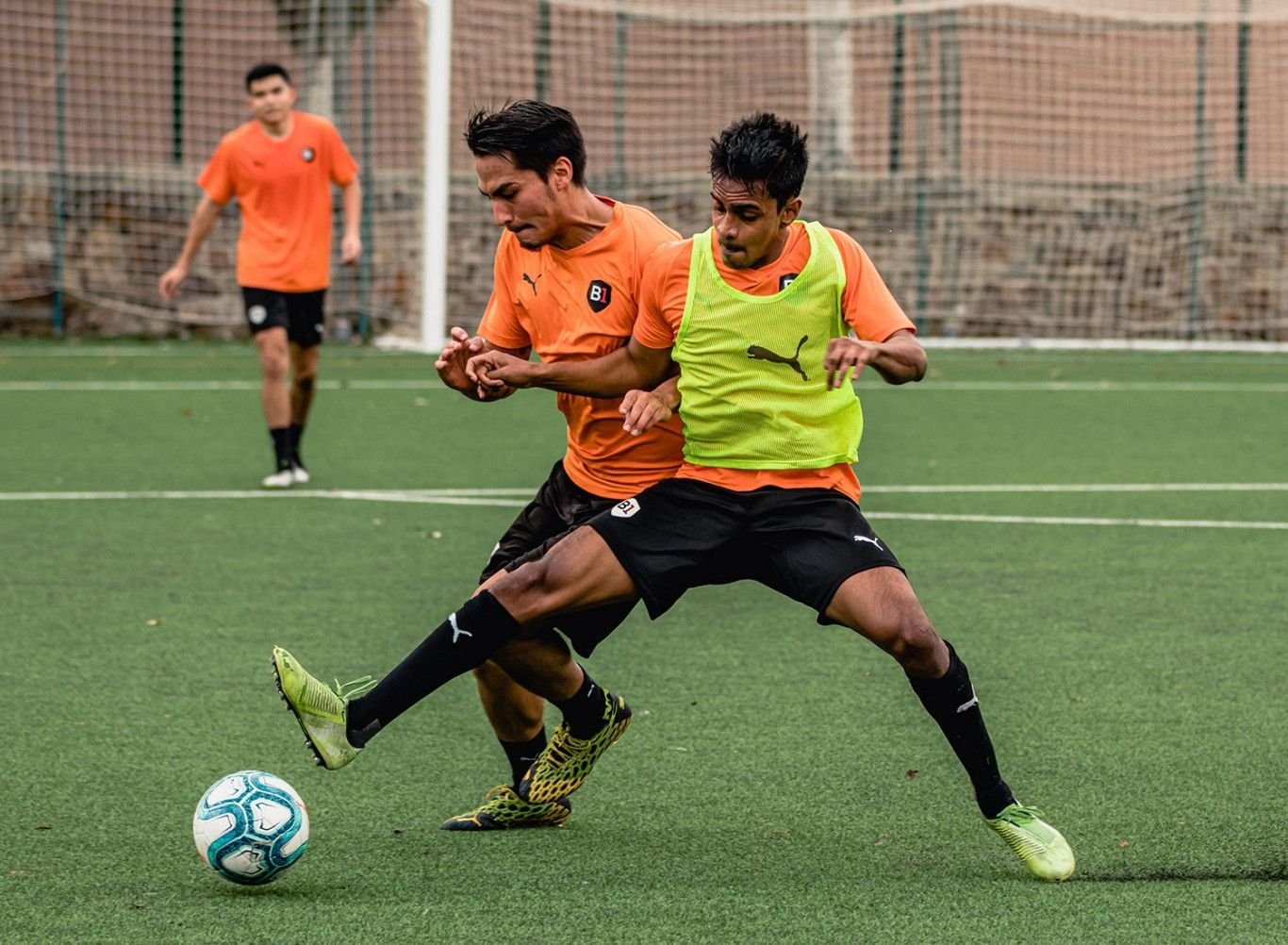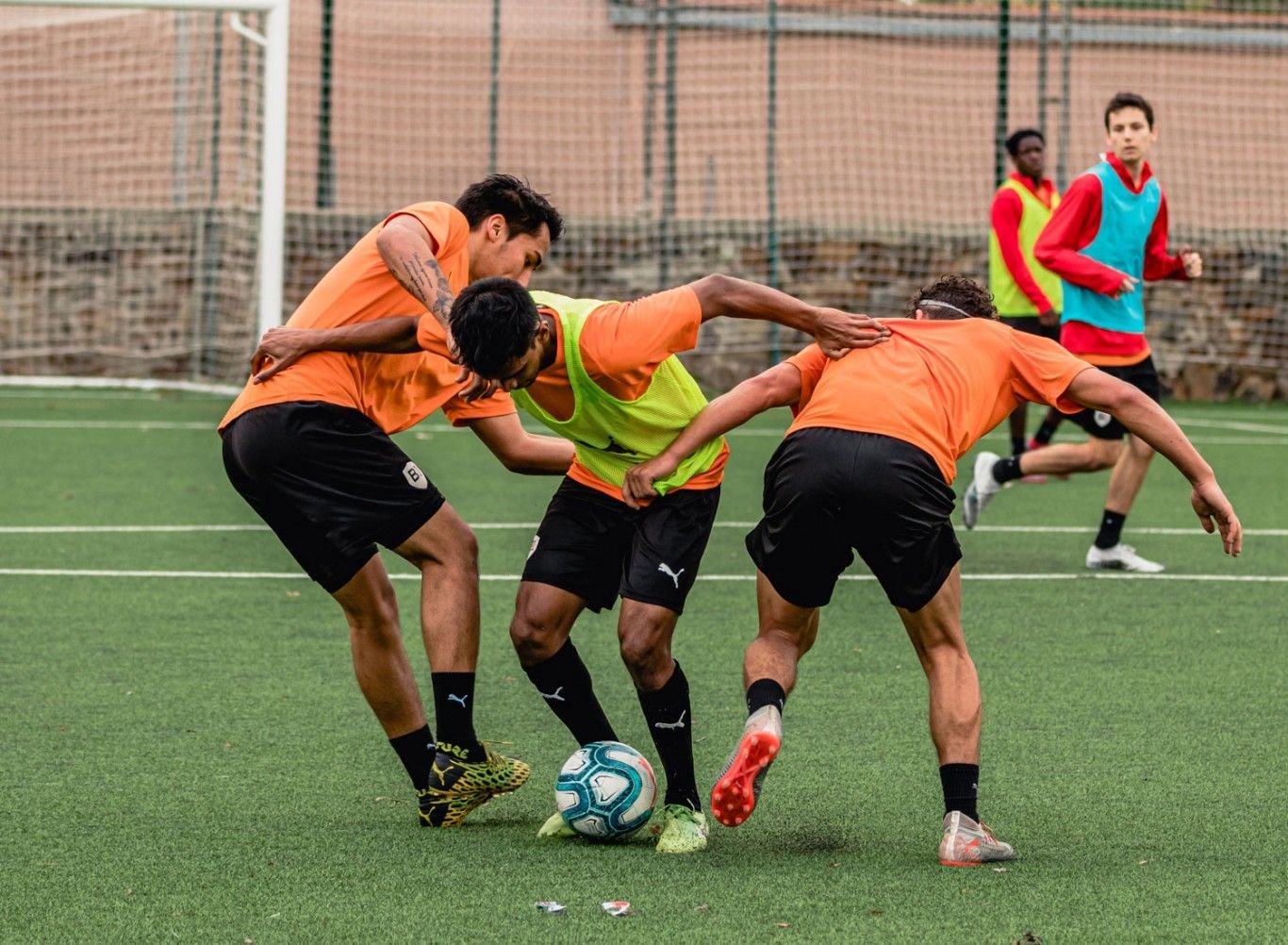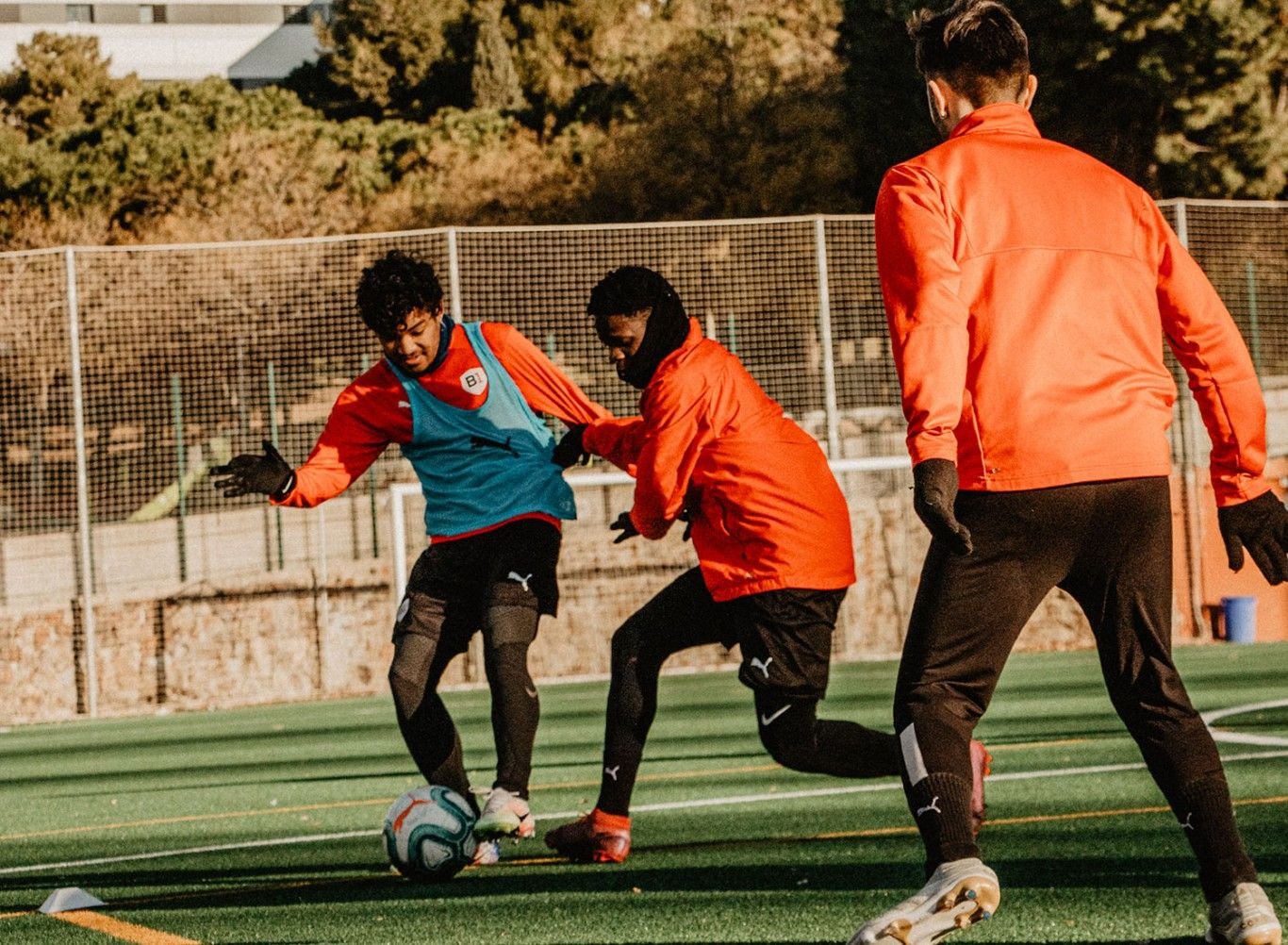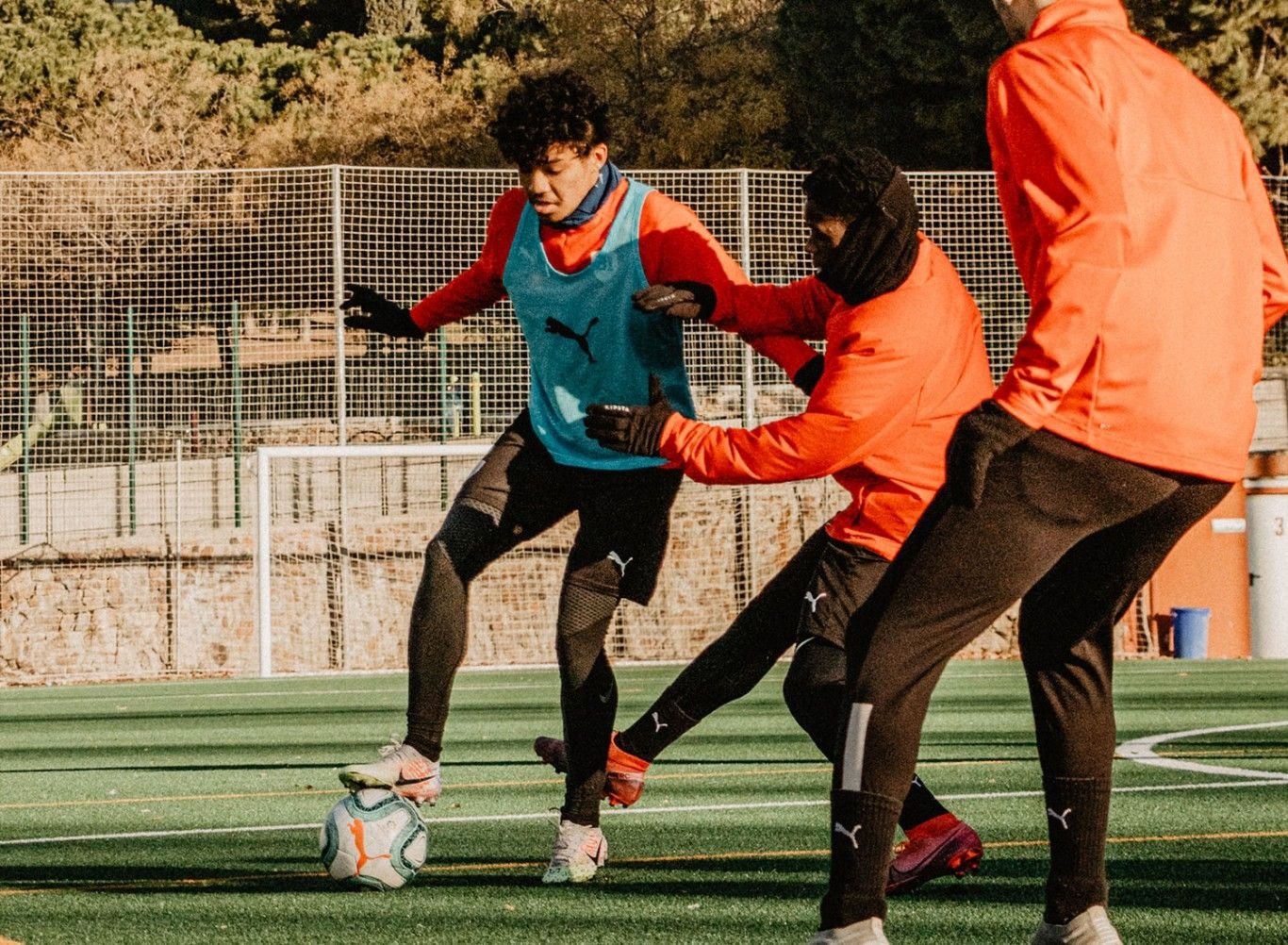Today we will be discussing the core tactical principles of the defensive phase specifically, as you may have heard the saying time and time again: defense wins championships.
At B1 Soccer Academy, we strive to implement a methodology that encompasses different core tactical principles in order to shape our players to be the most complete athletes possible.
The specific tactical principles of the defensive phase help all players, both distant and involved in the action or “center of play”, to coordinate their actions and their tactical behaviors according to their preconized defensive system.
This collective logic seeks for rapid and effective execution of defensive actions that lead to the achievement of both defensive objectives: Defend the team’s own goal and regain the ball possession.
All of the principles on which we focus the B1 Methodology are delay, coverage, balance, concentration, defensive unity.
Principle of Delay
The principle of delay basically refers to an act of opposition realized on the player in possession by a defensive player, aiming to decrease the space of the offensive action.
It consists to restrict passing options to another attacking player or impede dribbling moves that would favor the progression towards the goal.
The guidelines of this principle propose to rigorously mark the player in possession, to stop or delay the opponent’s offensive action, to restrict the passing options and a shot on goal.
It also prevents the longitudinal progression through the field of play, directs the attack towards a side of the field, and allows to gain time for the defense to organize in order to increase the probability of effective defending.
Principle of Defensive Coverage
This principle refers to the supporting actions of a player in the back of the first defender intended to strengthen defensive marking and avoid the progression of the player in possession towards the goal.
It is really important that the position of the defensive player avoids the opening of favorable spaces for the progression of the opponent, the player who executes the defensive coverage aims to be a new obstacle to the player in possession, in case this player overtakes the defender performing delay.
This facilitates the opposition against the attacking actions, and created a feeling of safety and protection to the first defender.
Some factors related to the aspects of the game should be considered by the payer executing defensive coverage due to their influence on the distance and angle between the player in delay and the payer in coverage.
These factors determine the efficiency of the action performed. They include the field where the coverage will be performed, the conditions of the pitch, the weather conditions, the communication between the players and the tactical, physical and psychological skills that the teammates and opponents possess.
Principle of Balance
The first aspect in this principle is the premise that the team’s defensive organization should possess superiority, or at least ensure numerical equality of defensive players in the “center of play”.
The second aspect is associated with the actions of the readjustment of defensive positioning in relation to the opponent’s movements.
The aim is to ensure defensive stability in the “center of play” through the support to the teammates who perform actions of delay and defensive coverage.
As a result, this increases the predictability of the opponent’s offensive play and the possibility of regaining possession. The guidelines include coverage of spaces, marking free players, or the coverage of eventual passing options.
Do you want to know more about it, about B1 Methodology? Stay tuned to know more about the second part of the Core Principles of the Defensive phase!






